Input interpretation

methyl acetate
Chemical names and formulas

formula | CH_3COOCH_3 Hill formula | C_3H_6O_2 name | methyl acetate IUPAC name | acetic acid methyl ester alternate names | acetic acid, methyl ester | acetic acid methyl ester | devoton | methyl acetic ester | methyl ethanoate | tereton mass fractions | C (carbon) 48.6% | H (hydrogen) 8.16% | O (oxygen) 43.2%
Lewis structure
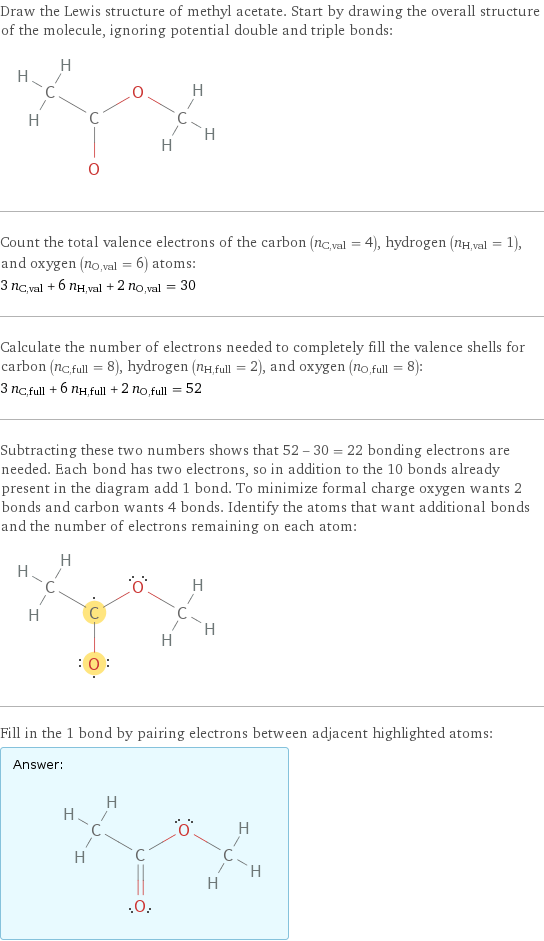
Draw the Lewis structure of methyl acetate. Start by drawing the overall structure of the molecule, ignoring potential double and triple bonds: Count the total valence electrons of the carbon (n_C, val = 4), hydrogen (n_H, val = 1), and oxygen (n_O, val = 6) atoms: 3 n_C, val + 6 n_H, val + 2 n_O, val = 30 Calculate the number of electrons needed to completely fill the valence shells for carbon (n_C, full = 8), hydrogen (n_H, full = 2), and oxygen (n_O, full = 8): 3 n_C, full + 6 n_H, full + 2 n_O, full = 52 Subtracting these two numbers shows that 52 - 30 = 22 bonding electrons are needed. Each bond has two electrons, so in addition to the 10 bonds already present in the diagram add 1 bond. To minimize formal charge oxygen wants 2 bonds and carbon wants 4 bonds. Identify the atoms that want additional bonds and the number of electrons remaining on each atom: Fill in the 1 bond by pairing electrons between adjacent highlighted atoms: Answer: | |
3D structure
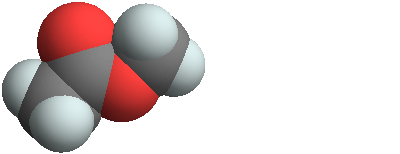
3D structure
Basic properties
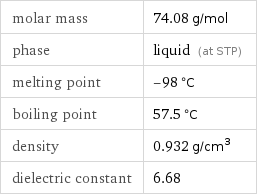
molar mass | 74.08 g/mol phase | liquid (at STP) melting point | -98 °C boiling point | 57.5 °C density | 0.932 g/cm^3 dielectric constant | 6.68
Liquid properties (at STP)
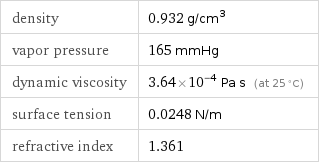
density | 0.932 g/cm^3 vapor pressure | 165 mmHg dynamic viscosity | 3.64×10^-4 Pa s (at 25 °C) surface tension | 0.0248 N/m refractive index | 1.361
Units

Thermodynamic properties
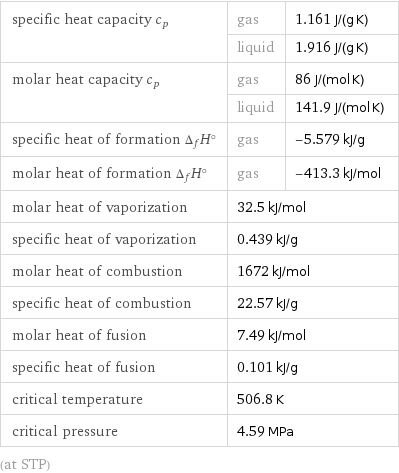
specific heat capacity c_p | gas | 1.161 J/(g K) | liquid | 1.916 J/(g K) molar heat capacity c_p | gas | 86 J/(mol K) | liquid | 141.9 J/(mol K) specific heat of formation Δ_fH° | gas | -5.579 kJ/g molar heat of formation Δ_fH° | gas | -413.3 kJ/mol molar heat of vaporization | 32.5 kJ/mol | specific heat of vaporization | 0.439 kJ/g | molar heat of combustion | 1672 kJ/mol | specific heat of combustion | 22.57 kJ/g | molar heat of fusion | 7.49 kJ/mol | specific heat of fusion | 0.101 kJ/g | critical temperature | 506.8 K | critical pressure | 4.59 MPa | (at STP)
Chemical identifiers
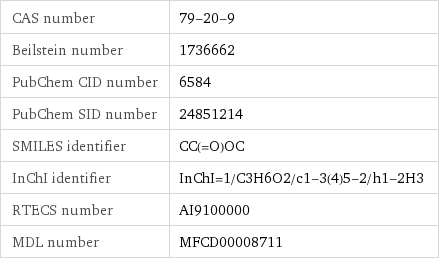
CAS number | 79-20-9 Beilstein number | 1736662 PubChem CID number | 6584 PubChem SID number | 24851214 SMILES identifier | CC(=O)OC InChI identifier | InChI=1/C3H6O2/c1-3(4)5-2/h1-2H3 RTECS number | AI9100000 MDL number | MFCD00008711
NFPA label

NFPA label
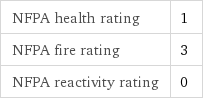
NFPA health rating | 1 NFPA fire rating | 3 NFPA reactivity rating | 0
Safety properties
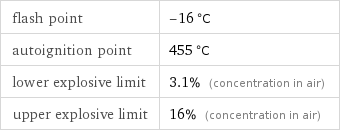
flash point | -16 °C autoignition point | 455 °C lower explosive limit | 3.1% (concentration in air) upper explosive limit | 16% (concentration in air)

DOT hazard class | 3 DOT numbers | 1231
Toxicity properties
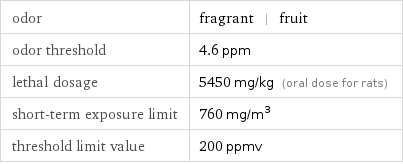
odor | fragrant | fruit odor threshold | 4.6 ppm lethal dosage | 5450 mg/kg (oral dose for rats) short-term exposure limit | 760 mg/m^3 threshold limit value | 200 ppmv

probable lethal dose for man | 1 L (liter) long-term exposure limit | 610 mg/m^3 (over 8 hours) RTECS classes | mutagen | human data | primary irritant